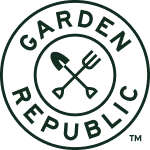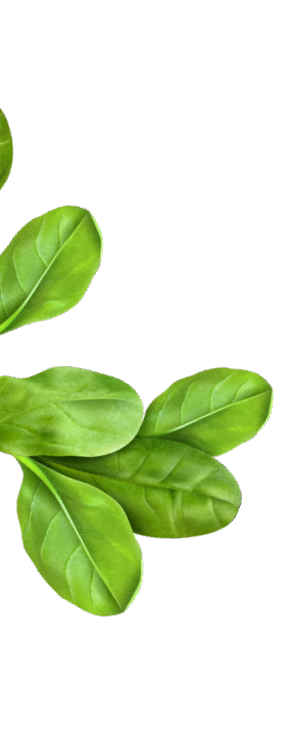In a world of single-use items and vast amounts of unnecessary waste, we all feel a bit compelled at some point to reuse or repurpose things that just don't seem like they are ready for an unpurposed life in the landfill, food being one of them!
It's estimated that about 40 million tons (that's 30-40% of our food supply) go to waste each year in the US, which is a lot! We all buy too much food and don't use it up in time, go on vacation, cook something that doesn't suit our taste buds, have vegetable and fruit scraps, and end up having food waste from time to time.
Luckily, as a personal, small-scale solution, we have composting! This is a great option to keep most of your food waste out of the landfill and turn it into a plant and garden food gold mine!
There are many options for composting, whether you are living in a tiny urban studio or have a spacious backyard. We've listed some of the most popular ones below, so you can get started on giving your food waste a more significant purpose than just rotting away unused!
Cold VS Hot Composting
There's a bit more to composting than just throwing your food scraps in a pile and leaving it. However, this can be done and is known as Cold Composting. This method requires minimal effort but can take a couple years until it's ready to use in your garden. The smaller the items are when they are tossed it, the quicker it will break down.
A " Hot" compost pile has a much quicker turnaround, but it requires a bit more attention! It requires high-nitrogen material for the pile to get hot ( 120-170 degrees Fahrenheit). This breaks down material faster and kills pathogens and weed seeds ( be careful putting weeds in your compost!). The ratio by volume should be 2 parts carbon (browns) to 1 part nitrogen (greens). See the chart below to see the list of greens, browns, and what not to put in your compost.
You'll want to purchase a compost thermometer to keep track of temperatures. Once the temperature cools to below 110 degrees Fahrenheit, typically four and seven days, you will need to turn over the organic matter to introduce oxygen. This will then heat the pile back up.
Every time you turn the compost, make sure you bring the pile's exterior material into the interior. This enables all material to be evenly broken down. Water can be added to keep the pile damp, but be cautious, as the pile will cool down too much if it is too moist.
You'll want to continuously monitor the pile, checking on it at least once a week. Once it's all dark in color, crumbly, and below 85F, you'll want to leave it alone and let it "cure" for a couple of weeks before use. Using the compost in your garden too soon can "burn" your plant's roots!
You can build your own compost bin made of pallets, plastic containers, chicken wire, or really anything! You just want to make sure you can rotate it easily, and it has a way to let in air. You can do a free-standing pile, but you'll probably want to do it away from your house as it can get messy and be smelly! 
Compost Tumbler
This is an excellent easy to use option if you don't have room to build a pile or want to keep your yard clean and free of smell! You simply put your greens and browns in the tumbler and rotate it a couple of times a week.
They come in vertical and horizontal forms and are often made from recycled containers. Besides providing ease of use and easy on the nose, they also have a much quicker turnaround time, in as little as 3 weeks!

You can find plans online to DIY or purchase one.
Vermiculture/Worm composting.
This is perhaps the best option if you live in a small city home or apartment as it can sit in the corner of your porch unnoticed! This method of composting uses worms, usually red wrigglers, to produce high-quality compost. They range from elegant wood bins to using old plastic tubs. If done right, vermiculture bins are smell-free and produce plant food gold! Again, you can build your own or purchase one that is ready to go! The worm castings are harvested 3-6 months. There is typcially a valve on the bottom of the bin to drain the " worm tea", which can also be used as plant food.

Compost Services
This is the easiest option, as it requires very little time and attention from you! There is an uptick in compost services popping up in cities all over the US. Basically, you pay a fee for a composting service to leave a bin/bucket at your house, and they stop by usually once a week to empty and clean your bin. They then take it back to their facilities to add to a pile and compost at their site.

Once the compost is ready to use, you simply mix it with your garden soil or indoor pots! This will provide excellent nutrients and micro-nutrients to your soil ground and help you grow yummy veggies, fruits, and beautiful flowers!
No matter your living situation, one of the options above should work for you! If you have any questions about composting or need help with your Garden Republic Garden Kit, please email us at wecare@shopgardenpublic.com. You can view all our indoor garden kits here.
Happy composting!



